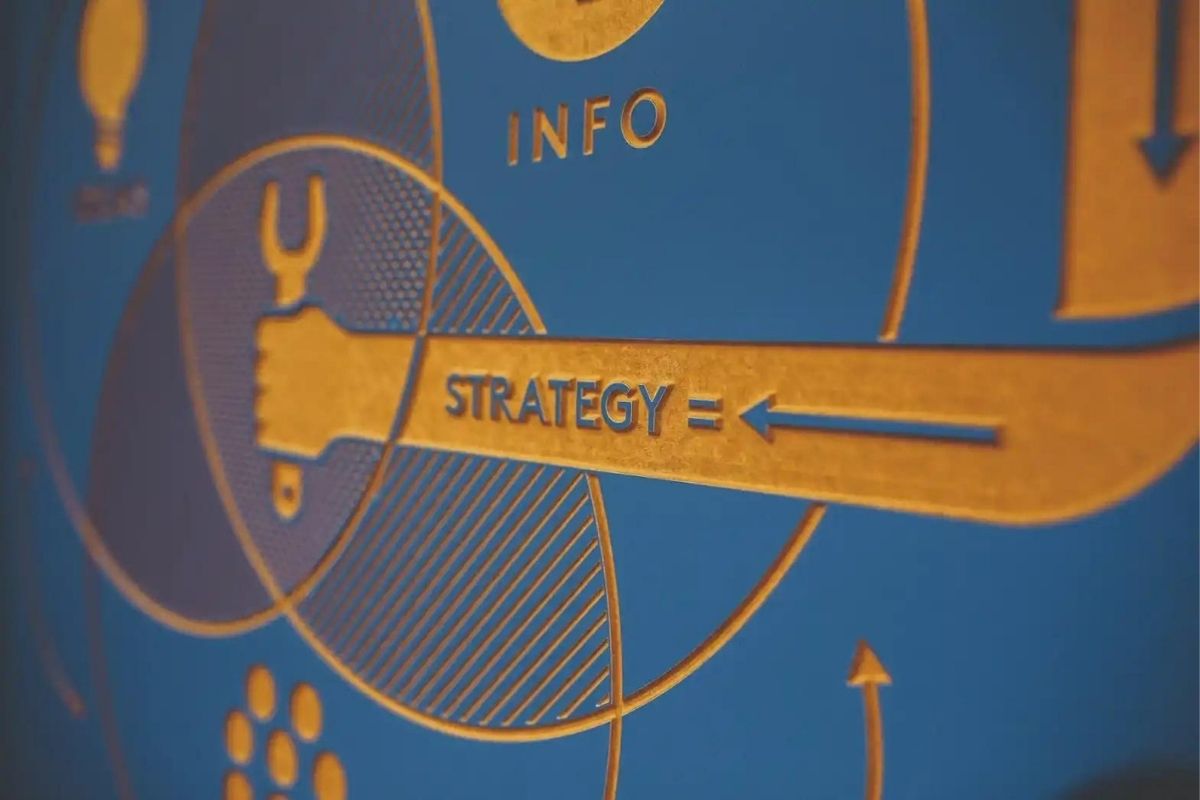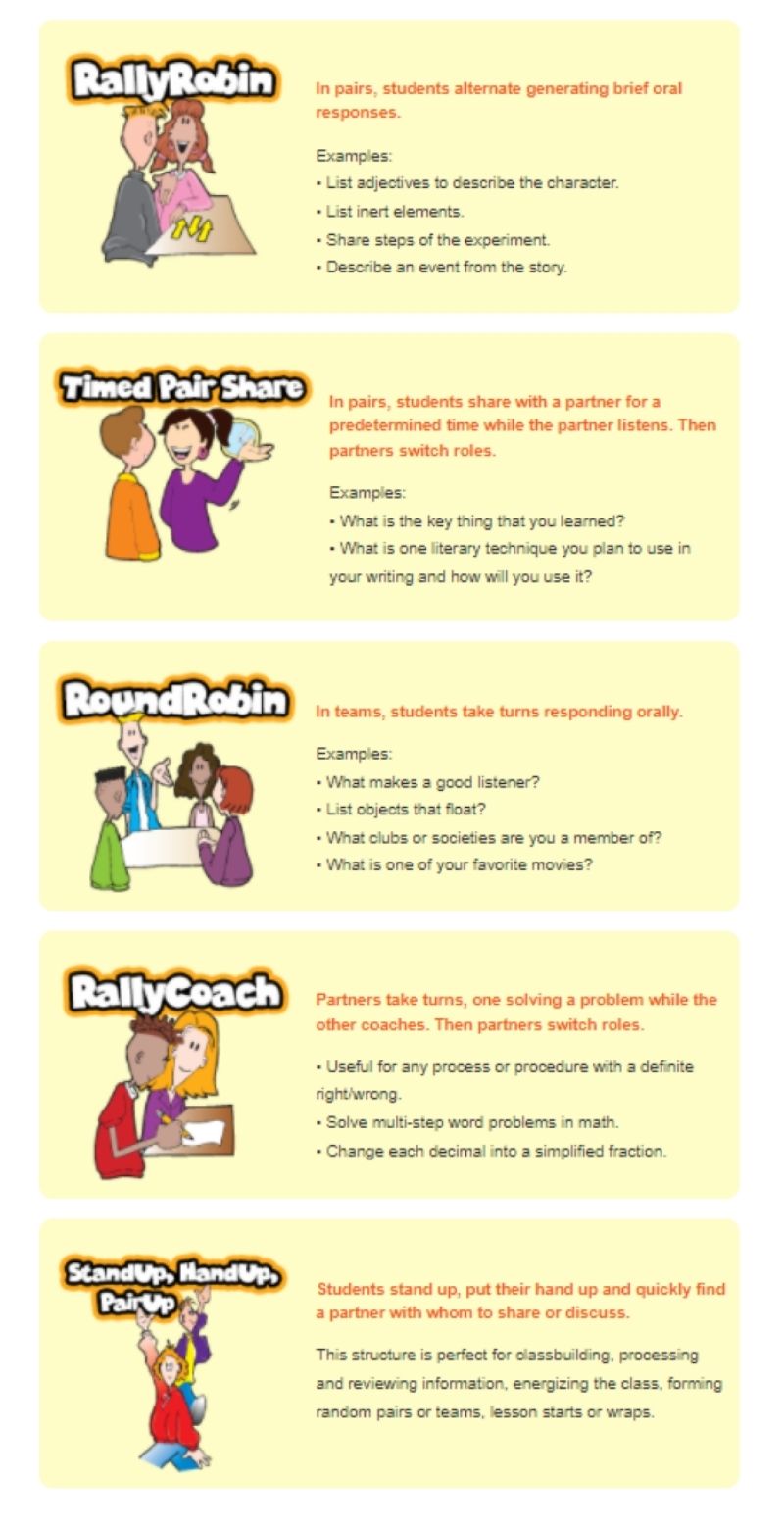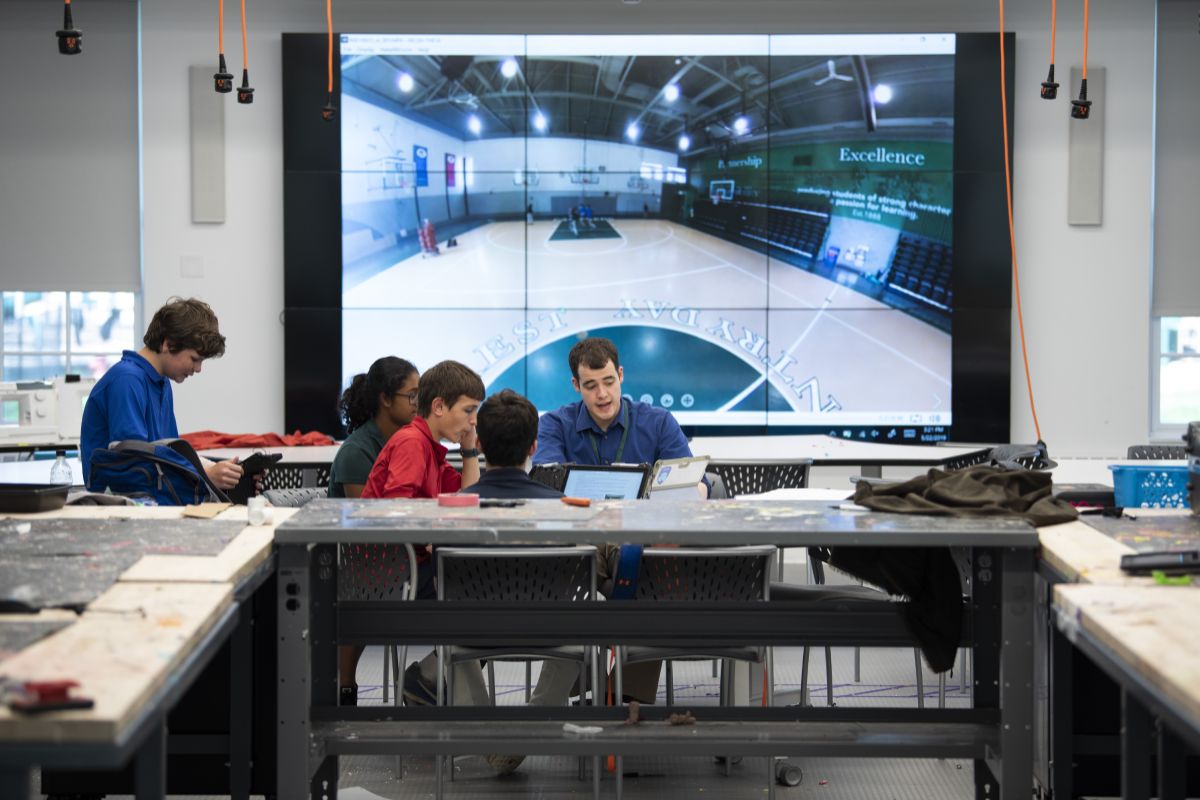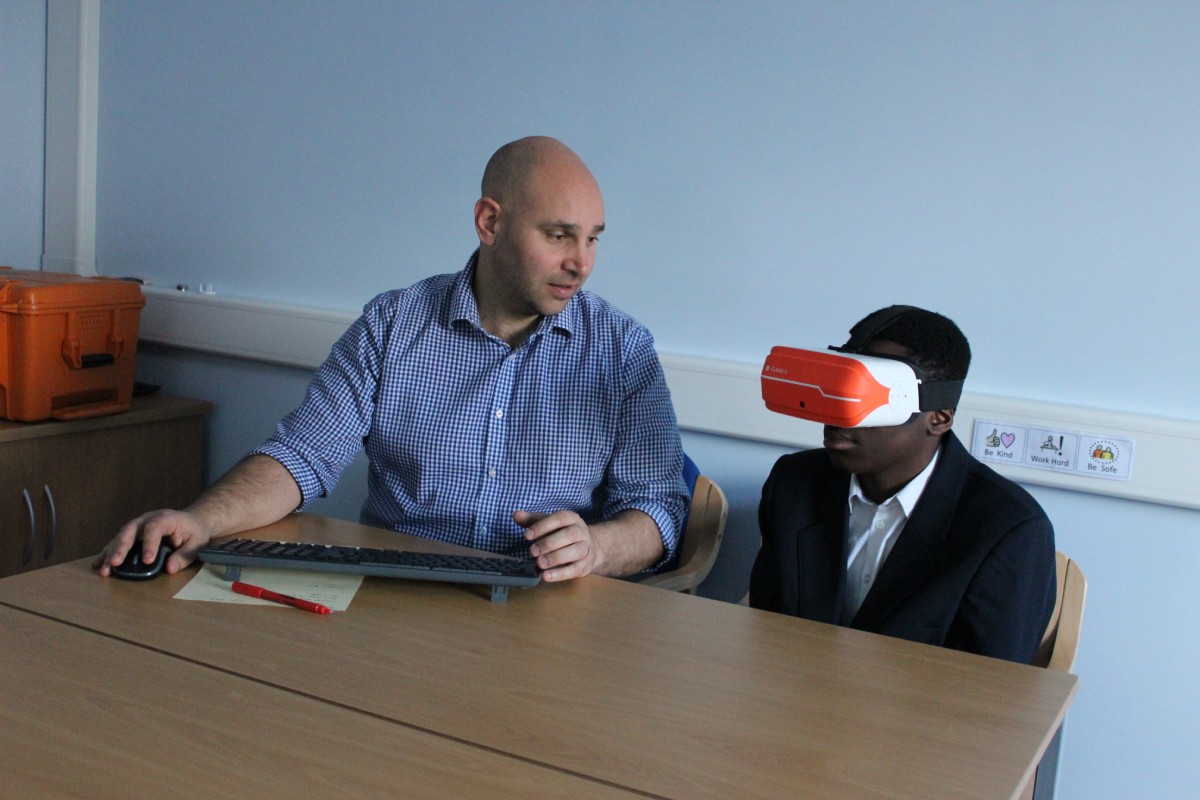Instructional Strategies that Can Be Used With and Without Tech

Strategies power everything we do in the classroom. Instructional strategies are the drivers of how we teach students to learn. For this post, the goal is to share a number of strategies that build our instructional toolkit. These strategies can be utilized with or without EdTech tools, which makes them great for any classroom setting. Many of these strategies may be one’s you are already familiar with and using while others maybe not. Take a look and review the strategies and think about how they can be implemented within your classroom and lessons.
Kagan Cooperative Learning Strategies
Kagan Cooperative Learning strategies are an assortment of strategies that help engage students as well as put students in the position to collaborate. They can be used throughout your lesson plan for formative assessment, engaging students, and cooperative learning.

Project Zero Thinking Routines
Besides Kagan’s Cooperative Learning strategies, I recommend checking out Harvard Project Zero’s Thinking Routines. In a similar manner, Project Zero provides us with a series of scaffolds and steps for us to direct our students to process, consume, and then produce a work product of their learning. There are about fifty strategies to review and analyze.
Integrating Strategies with EdTech – An Example
Each of these strategies discussed can be integrated with EdTech tools to amplify student learning. Using a combination of Zoom, Canvas, Google Slides or Jamboard, we can take many of the strategies and create opportunities to use them within any classroom setting. For example, we can a strategy like Rally Robin with Google Slides. Each student pair is given a slideshow with their names labeled. Then, they have editing access to the slide. Once they have access, they can then collaborate and write down together a list of adjectives or words to describe a character, story, etc. To deploy the slides, they can be linked on Canvas, Zoom, or email for students to access. Whether you provide the instructions in-person or live synchronously online, directions can be provided for our students to engage in these strategies and EdTech tool integrations.
One great resource to help in integrating these strategies is to use the 1200 Jamboard templates provided by TCEA. For each of the strategies provided, a template on Jamboard can be used to help facilitate the strategy within any classroom setting.
Conclusion – Strategies Are EdTech Tool Agnostic
Instructional strategies and tool-agnostic because they are teacher-driven and the teacher can select the best tool, if needed, to amplify the strategy being used. Sometimes an EdTech tool is not needed. Sometimes it is needed. Altogether, it’s up to the teacher as they weigh factors relating to whether or not an EdTech tool is needed to further augment the strategy.
Hopefully, this set of strategies is helpful along with the example of how the strategies can easily be integrated with EdTech tools within any classroom setting. Ultimately, our goal is to always evaluate our instructional and tech integration toolkits to see what we are doing and how we can further expand and refine our practice of strategies that help students learn!
This article was originally posted at matthewrhoads.com.
Kagan, S. & Kagan, M. (2009). Kagan Cooperative Learning. Kagan Publishing: San Clemente, CA.









